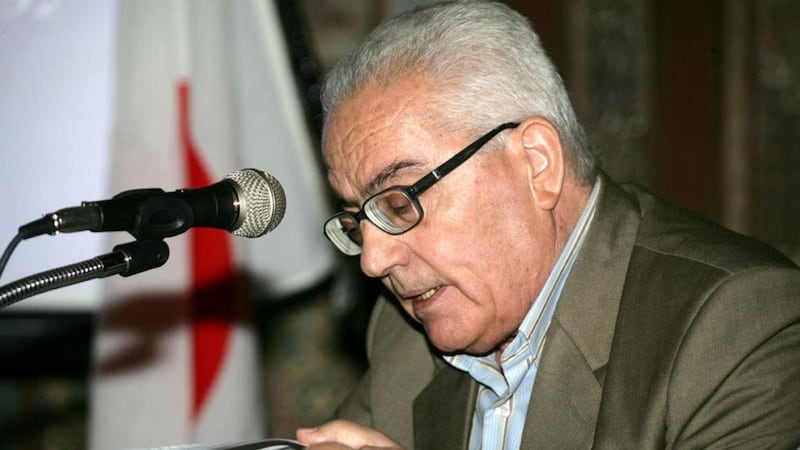Islamic State (IS) fighters have beheaded an 82-year old archaeologist in the ancient city of Palmyra and displayed his body on a column in the main square of of the Graeco-Roman ruins.
Syrian antiquities director Maamoun Abdulkarim said the family of Khaled al-Asaad had informed him that the scholar, who had worked for half a century as the head of antiquities in Palmyra, was executed on Tuesday after being detained and interrogated for more than a month.
IS accused Mr Asaad of preserving “idols”, attending “infidel” conferences, and contacting officials following the jihadi takeover.

He was “one of the most important pioneers in Syrian archaeology in the 20th century”, Dr Abdulkarim stated.“The continued presence of these criminals in this city is a curse on [Palmyra] . . . and every column and every archaeological piece in it.”
He said Mr Asaad was well-known in his field as he had published articles on Palmyra in scholarly journals and had worked with US, French, German and Swiss teams excavating Palmyra's extensive 2,000-year-old ruins, a Unesco world heritage site.
In a recent interview, Dr Abdulkarim told The Irish Times that most of the antiquities in Syria's provincial museums, including the one in Palmyra, had been transported to Damascus and stored in secret bunkers while locally based museum staff had continued to protect heritage sites that had fallen under insurgent control.
Mr Asaad’s execution may have been a warning to other scholars and museum staff to cease their activities and collaborate in IS looting of Syria’s remaining treasures.
Palmyra fell to Islamic State on May 21st, 2015. A first-century AD statue of a lion, other statues and two historic tombs were promptly destroyed and six days later 20 prisoners were shot dead by teenage fighters in Palmyra’s ancient theatre.
Islamic State appears to be under pressure in the Palmyra area as Syrian troops have advanced to positions near the ruins but IS has threatened to slaughter 230 Christians captured in the nearby town of al-Qariatain if the army advances.
There is a similar stand-off in the western resort town of Zabadani, where al-Qaeda- linked Jabhat al-Nusra fighters are surrounded by Lebanese Hizbullah forces. Nusra has threatened to massacre Shia inhabitants of the besieged northern villages of Kifraya and Foaa if Zabadani falls.
In the north-eastern town of Qamishli, an IS suicide bomber yesterday struck the offices of a Kurdish security agency, killing 10. Since early this year Kurdish militiamen have driven IS from the eastern end of the Syrian-Turkish border zone and are seen as a potent anti-IS force in Syria.
The UN agency that cares for Palestinian refugees (Unwra) has reported that typhoid has broken out among civilians taking refuge in Yalda, an area east of the Yarmouk Palestinian camp which was overrun by Nusra and other armed groups in March, prompting an exodus of residents.
Agency medical personnel have confirmed half a dozen cases in Yalda and had received “credible reports” of an outbreak in Yarmouk and two other locations. Unwra provides limited health services, water, and hygiene materials to these communities.











